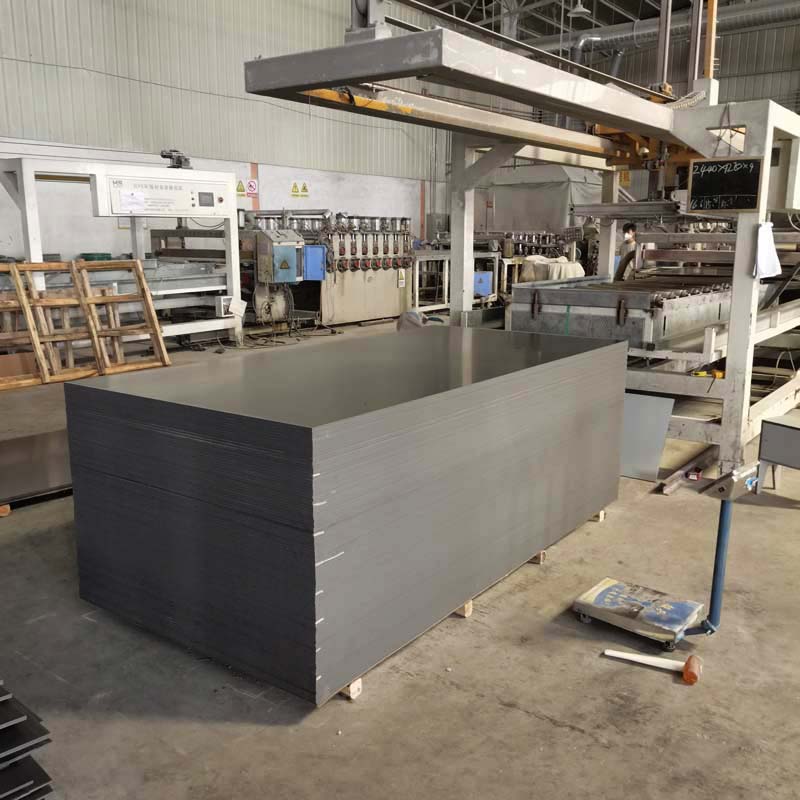When it comes to gluing PVC board to plastic, there are several factors that need to be considered to ensure a strong and lasting bond. In this guide, we will go through the steps and tips to effectively glue PVC board to plastic.
Step 1: Clean the Surfaces
Before gluing, it is important to make sure that both surfaces are clean and free of any dirt, dust, or other contaminants. Use a clean cloth or paper towel and rubbing alcohol to wipe down both the PVC board and the plastic surface.
Step 2: Sand the Surfaces
After cleaning, sand both surfaces with fine-grit sandpaper. This will create a rough surface that will allow the glue to adhere better. Make sure to wipe away any dust or debris created by sanding.
Step 3: Apply the Glue
Choose a glue that is suitable for bonding PVC to plastic, such as a two-part epoxy or a cyanoacrylate (super glue) specifically designed for plastic bonding. Apply the glue to one surface and spread it evenly using a brush or applicator.
Step 4: Press the Surfaces Together
Once the glue is applied, press the two surfaces together firmly. Use clamps or tape to hold the surfaces in place while the glue dries. Follow the manufacturer\’s instructions for the recommended drying time.
Step 5: Finishing Touches
After the glue has dried, remove any clamps or tape and inspect the bond. If there are any gaps or unevenness, fill them in with more glue or a plastic filler. Sand the area smooth and apply a coat of paint or sealant if desired.

Tips for Successful Gluing
– Choose a glue that is specifically designed for bonding PVC to plastic.
– Make sure both surfaces are clean and free of contaminants before gluing.
– Sand both surfaces to create a rough surface for better adhesion.
– Use clamps or tape to hold the surfaces together while the glue dries.
– Fill in any gaps or unevenness with more glue or a plastic filler.
– Sand the area smooth and apply a coat of paint or sealant for a finished look.
In conclusion, gluing PVC board to plastic requires proper surface preparation, the right glue, and patience. Follow these steps and tips to ensure a strong and lasting bond between the two materials.
Previous: Exploring the Versatility and Benefits of PVC Plastic Boards
Next: Versatile and Durable: The Benefits of Plastic PVC Board

Carbon crystal plate
product description: What is the material of the carbon crystal plate? The carbon crystal plate is made of natural bamboo powder, calcium powder, new polymer composite material, carbon crystal powder and PVC powder. The raw materials do not contain f...

PVC foam board (wbt04)
1.product description PVC foam board is also called Chevron board or Andy board, its chemical composition is polyvinyl chloride, so it is also called foamed polyvinyl chloride board. It is widely used in passenger cars, train car roofs, box core laye...

PVC foam board (wbt08)
product description PVC foam board is also called Chevron board or Andy board, its chemical composition is polyvinyl chloride, so it is also called foamed polyvinyl chloride board. It is widely used in passenger cars, train car roofs, box core layers...

Wood veneer (wbt270)
product description: It is mainly composed of two parts: substrate and surface film. The main component of the substrate is polymer material, the surface film is divided into PVC film and PP film, and the surface is covered with wood grain. When maki...